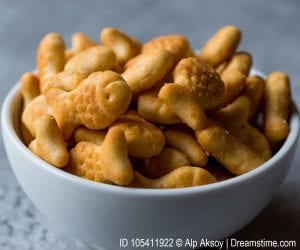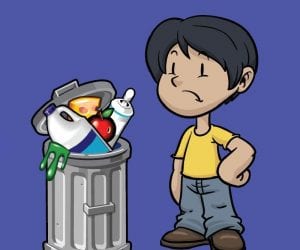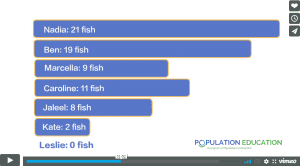Filter
Resources
Classroom Resources
Lesson Plan:
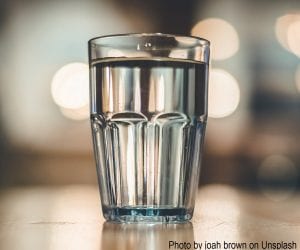
Students identify items presented to them as needs or wants, complete a sorting activity, and...
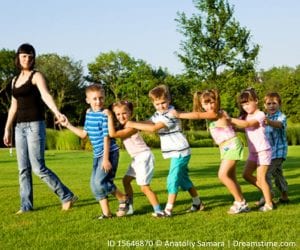
Students participate in two physical, noncompetitive games that illustrate the challenges that arise when working...
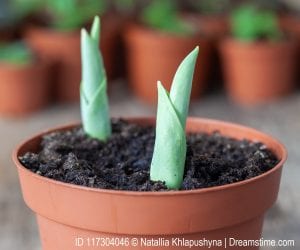
Students participate in a simulation and gardening lab for hands-on experience with the effects of...
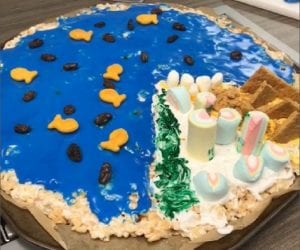
A cookie is decorated to show the different features of the Earth’s surface and the...

Through a guided role-play, students compare the energy use of a typical morning 200 years...
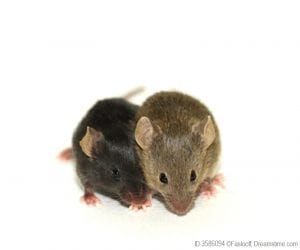
Students participate in a whole-class math simulation showing the growth of a mouse family, then...

Students read (or listen to) the short story, From Island to Island, then create a play...
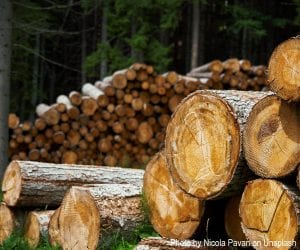
In this role-playing simulation, students discover what happens to a forest when the demand for...
Reading:
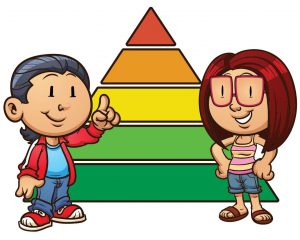
Elementary-level reading on people’s needs and wants, and how individuals and groups access the things...
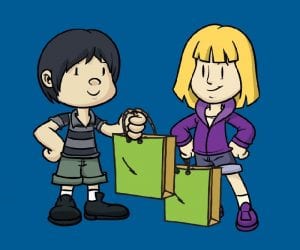
Elementary-level reading that addresses renewable and non-renewable resource use and impacts.
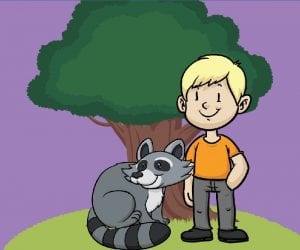
Elementary-level reading on wildlife habitats and biodiversity, and how we can help protect the balance...

A primer for young learners to be used as an introduction to population themes and...

Elementary-level reading that discusses populations and the habitats that support them.

An elementary-level reading that discusses population growth trends for wildlife and people.
Lesson Packet:
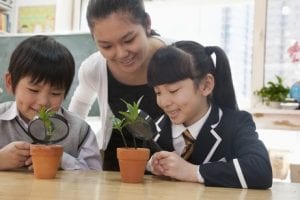
Packet of 2025 Earth Day lesson plans for K - 5th grades is free to...
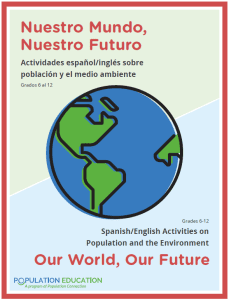
This is a Spanish/English lesson packet for K - 5th grade teachers. It is designed...
Curriculum:
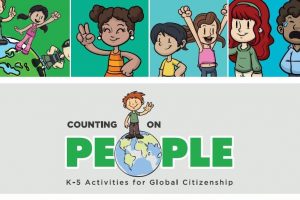
Fully online, elementary curriculum connects students to the world around them while building their math,...
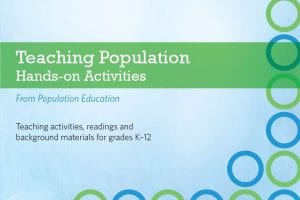
You've found the ultimate multi-disciplinary tool to introduce students of all ages to population studies...
Video:

Engage lower elementary students with a hands-on gardening and plant growth simulation lab designed to...
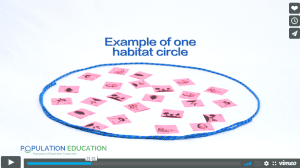
In this fun interactive activity, students role-play as plants or animals collecting vital habitat elements...
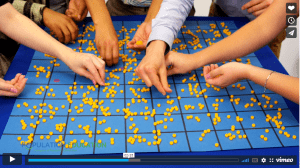
Students estimate population size by using math manipulatives on a grid models in this hands-on...



